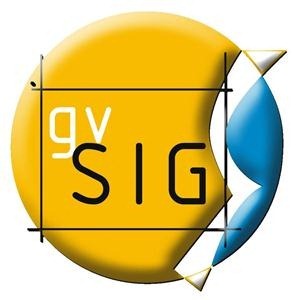GGL geoprocessing language available in gvSIG
gvSIG has just published, that as a result of the Google Summer of Code in the gvSIG project, the gvSIG plugin for GGL has just been released.
 GGL is a specific programming language for geoprocessing in which you can find constructions typical of the most well-known programming languages (loops, conditionals, etc.) and specific constructions for geoprocessing to perform topological operations, filters, geometry transformations, etc. Incorporating aids to the user as he writes his scripts.
GGL is a specific programming language for geoprocessing in which you can find constructions typical of the most well-known programming languages (loops, conditionals, etc.) and specific constructions for geoprocessing to perform topological operations, filters, geometry transformations, etc. Incorporating aids to the user as he writes his scripts.
The published plugin allows you to reference the data sources that are in the project currently open in gvSIG Desktop from the GGL scripts, thus enabling the geoprocessing of the data loaded in gvSIG. In addition, the plugin allows the display of the results back in gvSIG Desktop by loading them in the active view.
In addition to the plugin, a series of tutorials and reference documentation have been made available to all who are interested, which will be useful to understand the logic of the language.
Mail lists have also been enabled which can be used to resolve any issues or doubts that arise during the management of the system.
Among the advantages of using a specific geoprocessing language we can highlight:
- The aforementioned specific geoprocessing constructs: WKT geometries, coordinate processing, typical relational algebra operators that give language the same capabilities as spatial SQL, and so on.
- Aids to the creation of scripts: Validations at the time the user writes, checks of the existence of data sources and data structures accessed, autocompletion with the fields of the files that are accessed, etc.
- Preselection of technologies: GGL offers to the user a series of functions that internally use the most appropriate technology to date: parsers, data access APIs, etc. This technology is preselected by the language developers and therefore is a less responsibility for the user, who is only in charge of specifying the operation and not the way to carry it out.
- Possibility of repeating geoprocesses, sharing them, giving support, etc.
These are the directions
For downloads: http://www.gearscape.org/index.php/downloads
Documentation: http://www.gearscape.org/index.php/documentation
Community: http://www.gearscape.org/index.php/community






